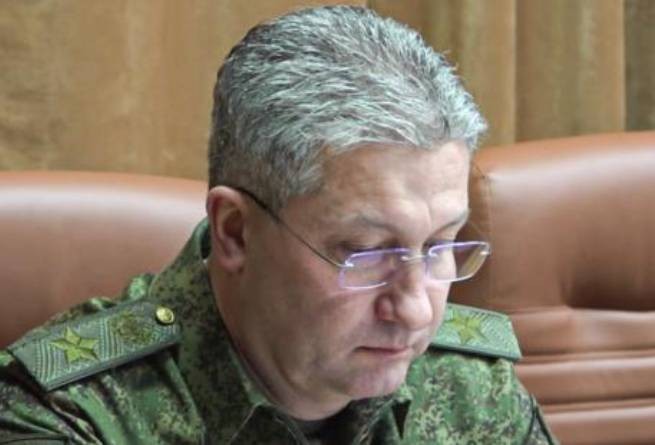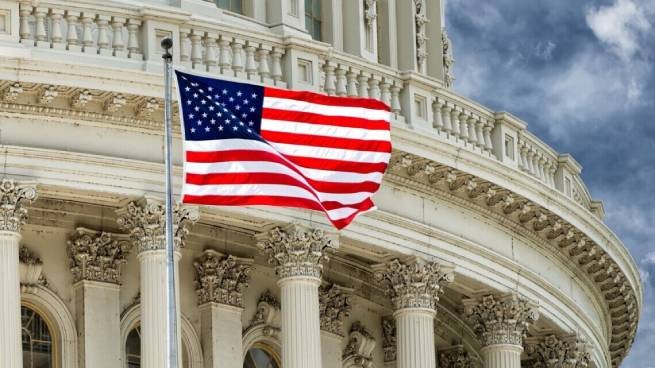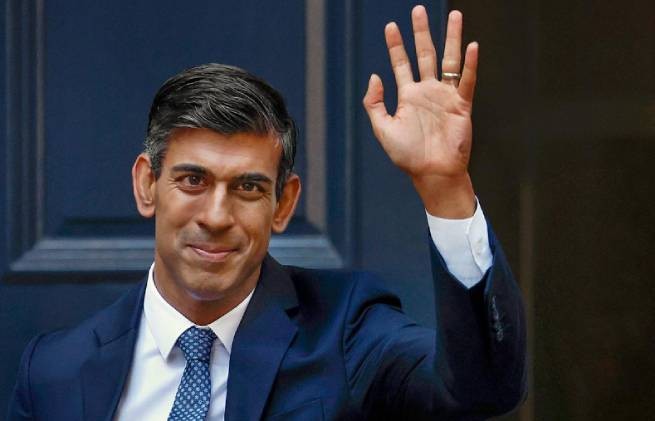The 2021 International Religious Freedom Summit, “The Rising Wave of Religious Nationalism,” was attended by the Archbishop of America Elpidophoros, who mentioned the relationship of the Russian Church with the Russian state, as well as the transformation of Hagia Sophia into a mosque.
In his speech, he referred to “religious nationalism,” which he said is only one side of the coin. There is also a “nationalist religion.” Archbishop Elpidophorus highlighted the situation with the Russian Federation and the post-Soviet Russian Orthodox Church.
As the archbishop explained, “even as the Russian Federation was transformed into its current form, the recently liberated Russian Orthodox Church struggled to regain its place in society. Her cooperation and support from the state allowed her to return to her former glory.
Yet it was the state itself that benefited from the “religious nationalism” created by the revitalized Orthodox Church within its borders. Precisely because the Moscow Patriarchate largely retains the contours of the old Soviet Union.
The close relationship between the State Foreign Office and the Church’s Foreign Relations Department is well known. Through the networks of the Moscow Patriarchate, the Russian Federation can exert influence in the new nation-states that have emerged since the fall of the Iron Curtain.
An example is Ukraine, where the Local Orthodox Church was legally and canonically established by the Ecumenical Patriarchate, but the Moscow Patriarchate continues to maintain its own formation.
This is clearly in the interests of the Russian Federation, which derives from its “religious nationalism” the same, if not greater, benefit from the “nationalist religion” – the church.
It should be noted that the head of the department for external church relations of the Moscow Patriarchate, Metropolitan Hilarion of Volokolamsk, took part in the same conference.
Report of the American Archbishop (Patriarchate of Constantinople) Elpidophoros (Lambriniadis) at the International Summit on Religious Freedom 2021
July 15, Washington.
Due to its length, the report is being published with abbreviations. Fragments of purely rhetorical significance are excluded. Full version …
Report:
“Religious nationalism” is only one side of the coin. There is also a “nationalist religion.”
Like the terms “caesaropapism” and “papo-caesarism”, which described the tensions between political and ecclesiastical autocracy of past centuries, the interests of the state and those who desire some form of “theocracy” rarely coincide.
… Here in the United States, we have witnessed, especially in recent years, how independent religious organizations with charismatic leaders use the public, political sphere to advance their own interests. This is a clear case of “nationalist religion”, where identity politics is incorporated into a religious organization in order to promote a religious agenda. If such a wave grows to excessive influence – in the legislative, judicial or executive branches of government – it will call into question the very idea of the first amendment …
Alternatively, we could look at some aspects of modern Iran and find a distinct variety of “religious nationalism,” a full-blown attempt at theocracy by a seeming majority. But to define the spiritual basis of the state means to create a stratification of society along religious lines, spiritual apartheid, if you will. The result is a monolithic society that does not lend itself to diversity.
When you put one religion above all others, it is as if you decide that there is only one path that leads to the top of the mountain. But the truth is, you simply cannot see the myriad paths leading to the same destination because you are surrounded by boulders of prejudice that obscure your view.
Finally, there is a hybrid of these two phenomena, as in the case of the Russian Federation and the post-Soviet Russian Orthodox Church. The painful history of the church under the communist regime suddenly and overwhelmingly froze with the fall of the Iron Curtain.
However, even as the Russian Federation transformed into its current form, the recently liberated ROC struggled to regain its place in society.
Cooperation and support from the state allowed her to return to its former glory. Yet it was the state itself that benefited from the “religious nationalism” created by the revived ROC within its borders. Precisely because the MP largely preserves the borders of the Soviet Union. The close relationship between the Russian Foreign Ministry and the DECR of the Russian Orthodox Church is well known.
… By promoting one religion over others, states create an oversized monolith on public squares that de facto (and sometimes de jure) excludes citizens who do not adhere to this religious point of view.
For a religious organization, the material benefits of government funding must be far outweighed by the cost to the ethical, moral, and spiritual core of the religious tradition – anyone. Speaking in purely Christian terms: “What is the use of a person if he gains the whole world, but damages his soul?” Throughout history, every religious organization had to face the choice: “to give Caesar’s things to Caesar, and God’s things to God.”
We will publish the analysis of this report later.






More Stories
North Macedonia welcomes recognition by the Patriarchate of the Church of Ohrid
Bogdanos: Pakistan and Britain are financing the construction of a new mosque in Megara
Metropolitan Pavel of Drama dies